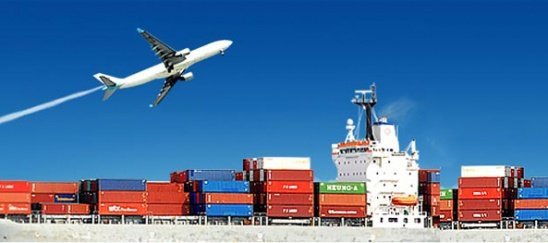Understanding Multimodal Cargo Carriage: A Comprehensive Overview

In the world of modern logistics, efficiency is paramount. Companies constantly seek innovative ways to streamline the transportation of goods across vast distances. One such approach that has gained significant popularity in recent years is multimodal cargo carriage. But what does this term really mean? Simply put, it involves the use of more than one mode of transport to deliver cargo from its origin to its destination.
In this article, we’ll explore the basics of multimodal cargo carriage, its benefits, and how it has become a game-changer in global logistics.
What is Multimodal Cargo Carriage?
Multimodal cargo carriage refers to the movement of goods using two or more different transportation modes under a single contract. It involves a combination of land, sea, rail, and air transport, designed to optimize efficiency and reduce costs. The key feature of multimodal transport is that it allows the shipper to deal with a single carrier who handles the entire logistics chain, instead of working with multiple carriers.
For example, goods may be transported by truck to a port, then shipped overseas by sea, and finally delivered to the recipient by rail or road.
Benefits of Multimodal Cargo Carriage
- Cost-Effective: By combining various transport modes, multimodal transport allows shippers to take advantage of the cost-efficiency of different transportation options. For instance, sea freight might be cheaper for long distances, while road transport can be cost-effective for short distances.
- Improved Efficiency: Multimodal carriage ensures that goods are moved seamlessly across different transport modes, leading to faster and more reliable delivery schedules.
- Minimized Risk: With a single carrier responsible for the entire journey, the risk of damaged or lost cargo is minimized. The carrier is accountable for every step, ensuring more control and better tracking.
Challenges in Multimodal Cargo Carriage
While multimodal cargo carriage offers several advantages, it’s not without challenges. One key issue is the coordination between different transport modes, which can sometimes result in delays if communication breaks down. Additionally, multimodal transport often requires careful planning to ensure goods are transferred smoothly between different transport modes without significant waiting periods.
Conclusion
Multimodal cargo carriage is revolutionizing the logistics industry. With the right strategy, businesses can significantly reduce shipping costs while improving delivery times. As global trade continues to evolve, multimodal transport will likely remain an essential part of the supply chain.
What's Your Reaction?















